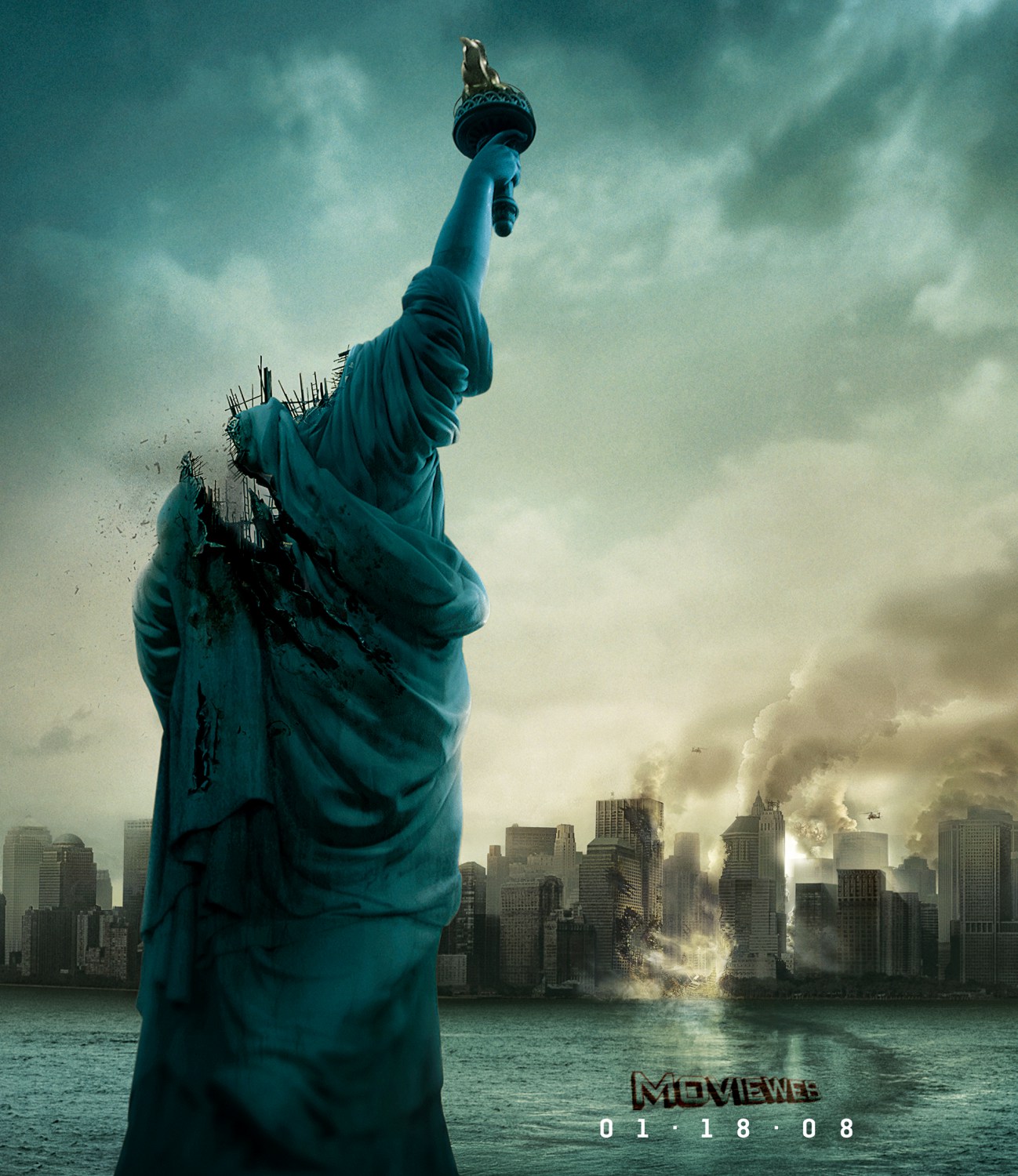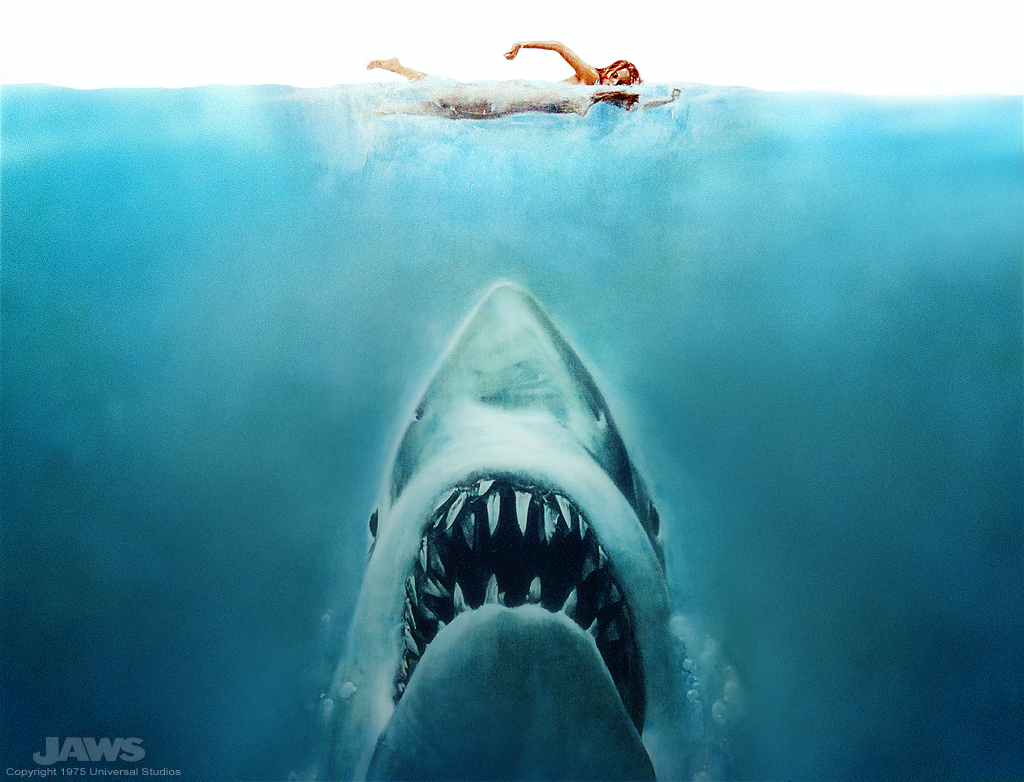Most thrillers have audiences asking themselves what the characters will do next. This one will have them asking themselves what they might do in this situation, because it is a movie about how close all of us are to abandoning the thin veneer of civilization and breaking all the rules to lash out at each other. This is a harsh thriller about two men whose moral bearings are dislodged by a cataclysmic accident.
Ben Affleck plays Gavin Banek, a successful Manhattan attorney involved in a bitter contest over the control of a charitable foundation. On his way to court, he literally runs into Doyle Gipson, (Samuel L. Jackson), an insurance agent with a desperate plan to keep his estranged wife from leaving town with his children. Gavin, in a hurry, tries to pay the damages up front with a blank check. Doyle, wanting to straighten out his life, wants to swap insurance numbers. Haste and anxiety boil over into anger, and the confrontation leaves Doyle stranded without a ride.
The chance meeting has serious consequences for both characters. Doyle was on his way to family court. He is a recovering alcoholic, who is trying to start a new life. He is on his way to court to show his ex- wife and sons that he is buying a house, so that they will not move to Oregon. The plan is a surprise, to be delivered at the custody hearing he was en route to, when he collided with Gavin.
Gavin reaches court in time but without a crucial document, left at the scene of the accident with Doyle. Events quickly escalate out of control. Without the document, Gavin and his legal partners (one his father-in-law), are vulnerable to charges of fraud; Doyle, because of the accident, arrives late to family court and loses visitation rights with his children.
They confront each other again, but Doyle is too angry about losing his case to give Gavin the file. Gavin lies to the partners about the file to buy time, while Doyle goes into a bar to have a drink. Each blames the other for his troubles and wants revenge. What follows is a battle of wits, with each character striking at the other with all of his available resources, culminating in a second highway crash.
“Changing Lanes” is an explicit allegory about how the flaws of good people can bring them to the brink of murder. Both Gavin and Doyle are appealing, seemingly decent characters. But Gavin lacks the maturity to take full responsibility for his actions, while Doyle’s rage — an even more profound addiction than his alcoholism — overwhelms his good sense.
They both hover at the point of forgiveness, but neither is willing to let go of their self-righteous indignation and make mature choices. The characters along the way each present them with choices, each representing a world view that Gavin and Doyle must adopt or reject. Sidney Pollack (best known as a director) is outstanding as Gavin’s corrupt boss and there are other strong supporting performances by Toni Collette, William Hurt, and Amanda Peet.
Parents should know that this film involves a lot of realistic emotional violence which can be upsetting. A family is separated by the alcoholism of a parent, and there is an extremely harrowing scene of a father being forcibly removed from his son’s school. There is also a later confrontation between the father and mother where the father is told he’ll never see the children again. The physical violence in the film is brief and mild by modern standards, but realistic. There are religious references (the movie takes place on Good Friday) that some families will find awkward or heavy-handed.
Families who see this movie should talk about the characters’ conflicting impulses to forgive and to get revenge. What finally convinces Doyle to give the file back? What did his friend mean when he told Doyle “Alcohol was never really your drug of choice?” Why was Gavin unwilling to go to Texas to do his pro-bono work, and what do you make of his final speech to his father-in law? In a way, this is a movie about the way people do and don’t listen to each other and how that makes us feel. Where do we see that theme most clearly? Why was Gavin able to ignore the reality of his situation? Was the end of the film realistic? Parents will want to discuss safe driving habits with their teens after seeing this film as well.
Families who enjoyed this movie might also want to look at “Panic Room,” which also deals with divorced families and with emotions running out of control.

 Stories, especially movies, are usually linear and organized in part because stories are how we make sense of the world but mostly because of the limits of time. If we are only going to give two hours of our lives to a movie, we don’t have time for irrelevant details. But real life is messy. Patterns only emerge in retrospect. Part of the appeal of scary movies is that we know that it’s just a movie. Those dinosaurs in
Stories, especially movies, are usually linear and organized in part because stories are how we make sense of the world but mostly because of the limits of time. If we are only going to give two hours of our lives to a movie, we don’t have time for irrelevant details. But real life is messy. Patterns only emerge in retrospect. Part of the appeal of scary movies is that we know that it’s just a movie. Those dinosaurs in  Did you hear the story about the man who chopped up his enemy’s children into a pie and fed them to him? It was written by the same guy who wrote about suicidal teenagers and murderously ambitious would-be kings — Shakespeare. And then there’s the one about the guy who killed his father and put out his own eyes — written around 429 B.C.
Did you hear the story about the man who chopped up his enemy’s children into a pie and fed them to him? It was written by the same guy who wrote about suicidal teenagers and murderously ambitious would-be kings — Shakespeare. And then there’s the one about the guy who killed his father and put out his own eyes — written around 429 B.C.